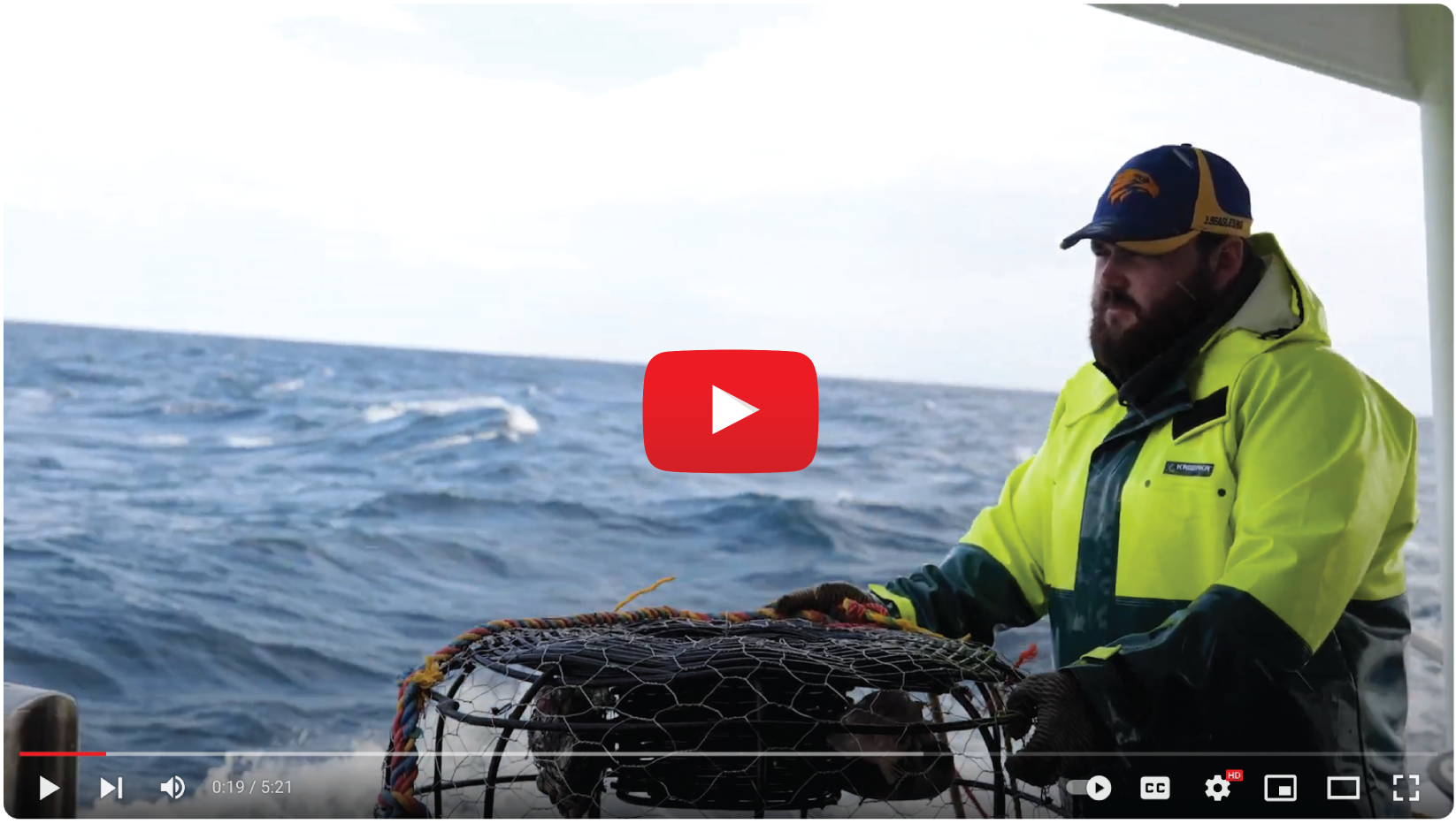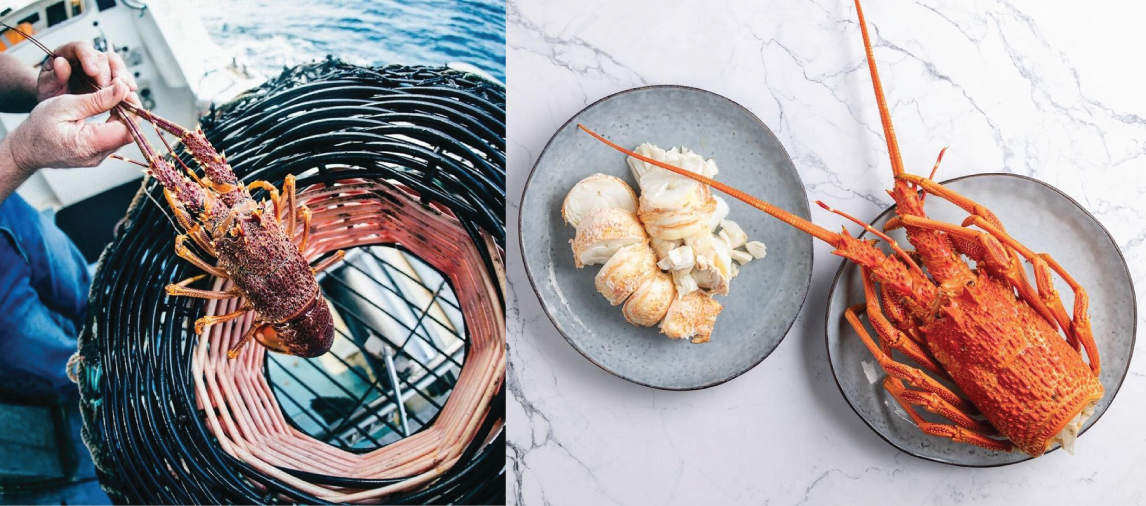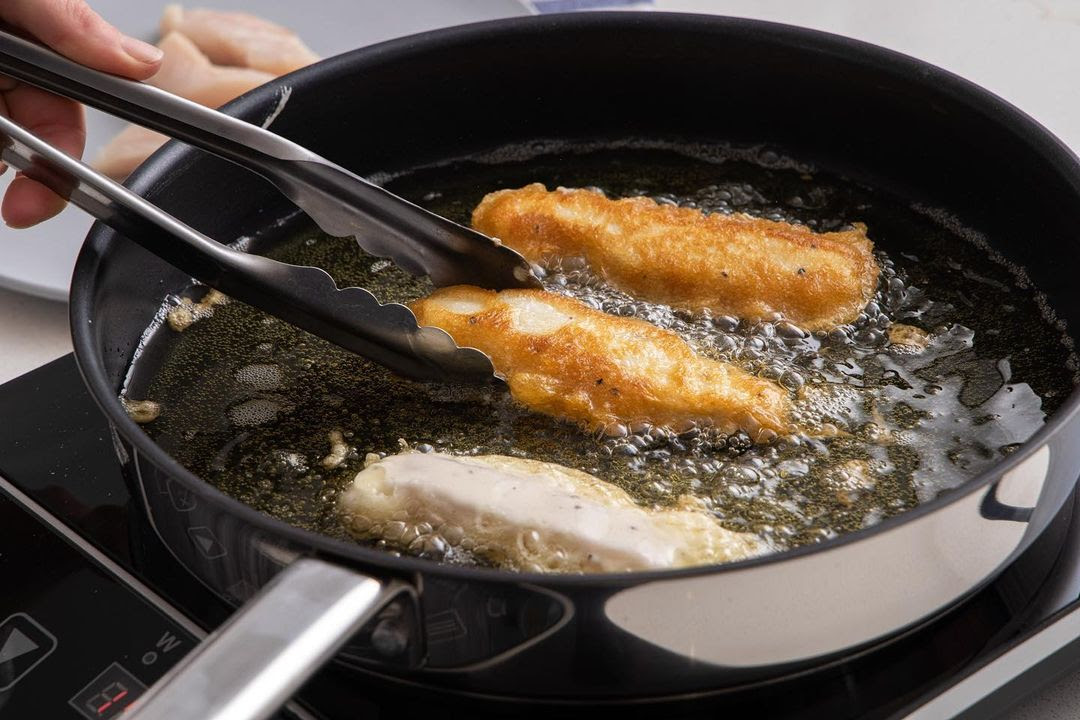Love great seafood? Then we're about to get your 2024 off to a very tasty start 👩🏻🍳
On a sourcing trip to Australia last year, we kept hearing the same name again and again for the best in Australian seafood.
That name was Ferguson - a family of fishermen that have been bringing the best of southern Australia's pristine Southern Ocean to the the world since the 1960s. 
Got 5 minutes? The Ferguson story is a cool glimpse into the world of fishermen.
Their specialty is the Southern Rock Lobster, a slow-growing species native to southern Pacific and Antarctic. Unlike the Atlantic lobsters you get from other famous lobstering regions like Maine or Canada, these Southern Rock Lobsters don't have front claws but instead have large tails where the meat is concentrated.

These big boys are also known for having sweeter, more firm, and more densely flavorful meat than their Atlantic cousins 👩🏻🍳
In fact, when the Ferguson family first brought them 20 years ago to the Brussels Seafood Show (the largest in the world), their lobster won the first prize! 🦞🥇
Since that time, the Fergusons have been busy bringing some of the world's best lobster beyond Australia, even developing some innovative processing & packaging methods you won't find anywhere else to make their lobster more accessible 👇 
For example, raw lobster halves - just pop them in the oven or on the grill,
and you have a delicious lobster meal for two in just minutes.
Not just lobster 🐟🎣
They've also worked with other small fishing outfits in southern Australia to source a range of other fantastic seafood from the icy, pristine waters of the Southern Ocean.
These include some classic Australian fish like King George Whiting and Flathead (the classic choice for fish'n'chips!).
But Ferguson have purposefully developed the market for a range of lesser-known - but still very delicious - species of extremely abundant Australian fish like Ocean Jacket, Red Gurnard, Latchet, and more.
Want to support sustainable seafood? Try some new fish 😉  
All of them come conveniently packaged in 200g filets, ready for an easy pan-fry or for more cooking applications like crumbing (lots of great recipe ideas directly from Ferguson here) 👩🏻🍳 
Weekend cooking project: Learn how to batter or crumb your fish filets 👩🏻🍳
| 
